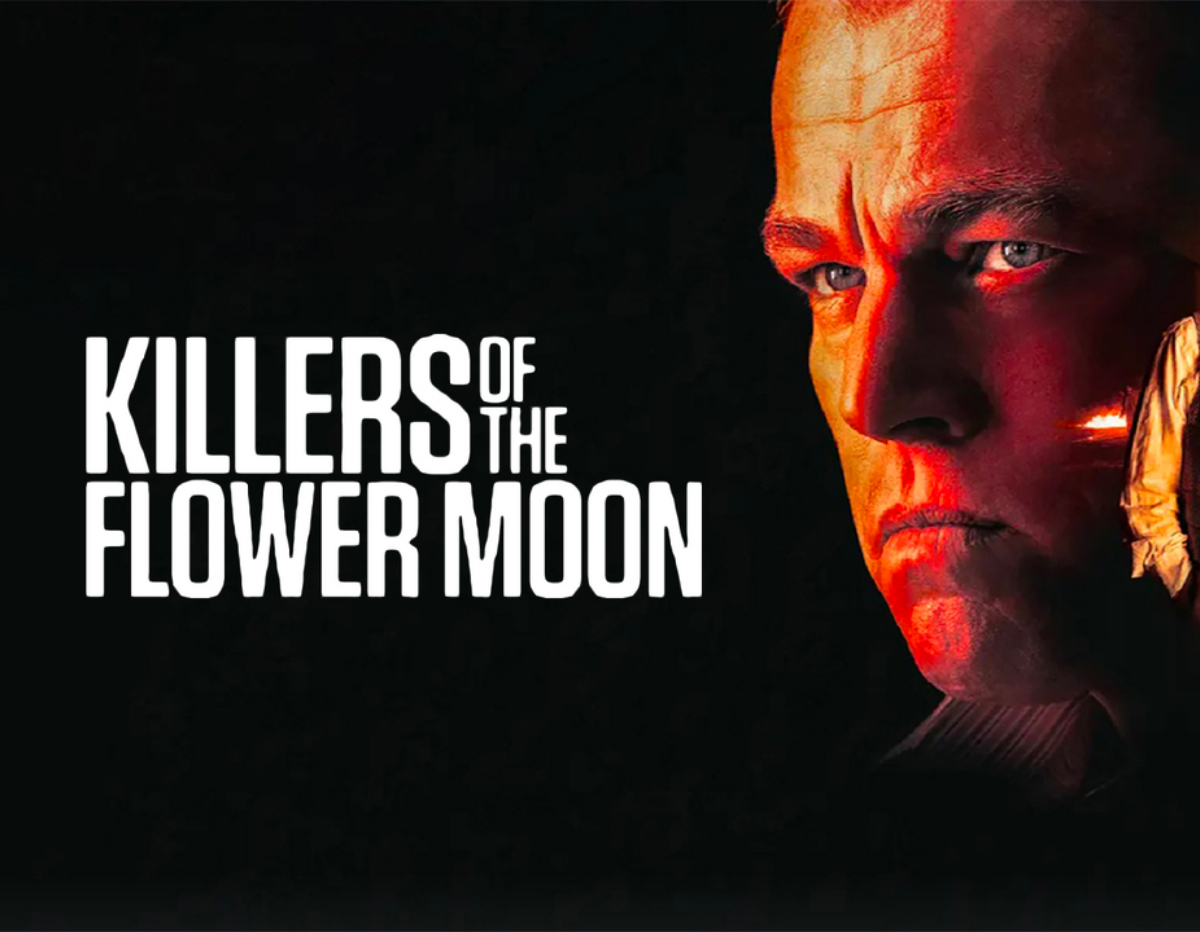
Unveiling the Darkness: The Osage Murders and the Pursuit of Justice
In the heartland of America, amidst the rolling landscapes of Missouri, Arkansas, Kansas, and Oklahoma, lies the ancestral home of the Osage Nation, revered as the “People of the Middle Waters.” Their journey from the verdant valleys of Ohio to the oil-rich plains of Oklahoma intersected with a momentous discovery in the early 1920s – black gold bubbling beneath their feet. This newfound wealth promised prosperity but concealed a dark underbelly of exploitation and violence, a narrative vividly depicted in the film “Killers of the Flower Moon,” now available for streaming on Apple TV.
Ceremonial Reflections and Looming Threats
In the first scene of the film, the Osage Nation elders engage in a solemn ritual, laying a ceremonial pipe to mourn the assimilation of their descendants into White American society. They lament the impending loss of their language, culture, and ways of life, a traumatic echo of the systemic erasure experienced by many Indigenous and Black communities. Their words echo through the land, warning of the encroaching influence of dominant white society:
“The children outside are listening…they will learn another new language. They will be taught by white people. They will learn new ways…and will not know our ways.”
Amidst this reflection, the land yields its bounty, with oil gushing forth and fields bursting into bloom. Yet, beneath this natural abundance lies a looming threat – the intentional encroachment of white community members, positioning themselves to exploit and seize the Osage’s valuable land.
Exploitation, Violence, and Injustice
Ernest Burkhart, played by Leonardo DiCaprio, plays a crucial role in his relationship with Mollie Burkhart, played by Lily Gladstone. Their romance sets the stage as Ernest becomes the driver for Mollie in their town of Fairfax, Oklahoma. As Ernest chauffeured Mollie around the town, a bond of trust gradually formed between them, eventually leading to their marriage.
Ernest’s marriage to Mollie wasn’t just about love; it was a calculated move influenced by his uncle, King Hale, played by Robert De Niro, aimed at gaining control of Mollie’s family’s valuable land. By marrying Mollie, Ernest gained access to her family’s headrights, the exclusive rights to profit from the oil on their land, which could only be inherited, not sold. This tactic wasn’t unique to Ernest; in the film, and as derailed in historical accounts, many white men married into Osage families for similar purposes.
History has also shown that these calculated marriages ended in murder, where white men would kill off family members through orchestrated poisonings, bombings of family homes, and secluded killings of Osage bodies around the land. As the murders escalated, the film depicted theTulsa Race Massacre in 1921, drawing a chilling parallel to the violence inflicted upon the Osage, highlighting the deep-seated nature of white supremacy. As the murders of the Osage people continued to round up in numbers, the crimes became so frequent that it caught the eye of the FBI to investigate.
Legacy of Injustice and Community Resilience
The film highlights the enduring legacy of violence and oppression perpetuated by white supremacy on Indigenous and Black communities, resonating with the experiences of marginalized groups across America. Faced with systemic racism and betrayal, the Osage community rallies together in a display of resilience, highlighting the importance of communal support and solidarity in the pursuit of justice.
Repairing the Harm: Women’s History Month
The Osage murders serve as a reminder of how the exploitation and violence inflicted upon Indigenous and Black communities intersect with broader issues of social justice and equity in America. As we reflect on this dark chapter of American history, particularly as Black History Month transitions to Women’s History Month, it’s crucial to acknowledge the harm inflicted upon both the Osage people, especially through women, and Black communities. We must confront the systemic injustice that endures in our society, and recognize the need to repair the harm done. The pursuit for the Osage people and Black communities is not just a quest for resolution; it is a call to action in the fight against systemic racism and oppression in all its forms.



